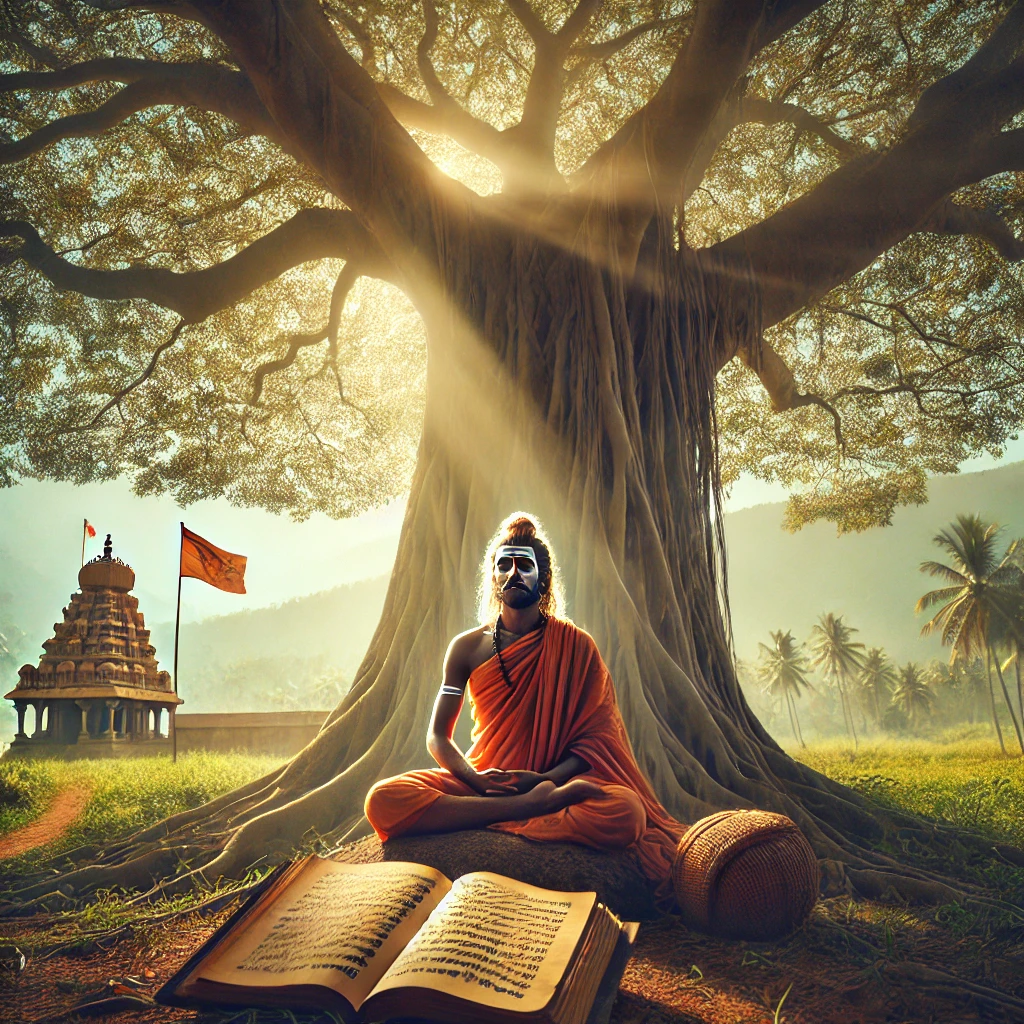Thirumoolar siddar, revered as the “Grandfather of Siddhas,” stands as a monumental figure in the annals of Indian spiritual traditions. Though his precise time of existence remains shrouded in mystery—ranging from the era of the Ramayana to as recent as the 10th century—his teachings resonate across millennia, offering profound insights into human existence, spirituality, and ultimate liberation.
The Enigma of Thirumoolar’s Timeline
Historians and scholars are divided over the timeline of Thirumoolar’s life. Some propose he lived 7,000 years ago, while others place him in the 6th to 7th centuries AD or even the 10th century. Regardless of these discrepancies, his contributions remain timeless, transcending any specific historical context.
Thirumoolar’s Journey: From Sundarar Nathar to Immortal Sage
Born as Sundarar Nathar, Thirumoolar’s spiritual journey began in the Himalayas under the guidance of Maharishi Nandinatha, a Nath Guru. Nandinatha initiated him into the Nine Veda Agamas, teachings originally imparted by Lord Shiva to Parvati. Empowered with the Ashta Siddhis (eight spiritual powers) and enlightenment, Sundarar Nathar embarked on a mission to spread Shaiva Siddhanta in South India—a monistic philosophy emphasizing liberation through Shiva’s grace.
A Divine Transformation
A pivotal moment in his life occurred near the village of Sathanur. Witnessing cows mourning their deceased cowherd, Moolan, Sundarar Nathar, out of compassion, entered Moolan’s body through his yogic powers, bringing the cowherd back to life. This act of divine empathy earned him the name Thirumoolar, signifying his rebirth as an enlightened soul dedicated to alleviating human suffering.
Thirumandiram: A Magnum Opus
Thirumoolar’s most renowned contribution, the Thirumandiram, comprises 3,000 hymns encapsulating the essence of Shaiva Siddhanta. Tradition holds that he composed one hymn each year, meditating deeply on the truths he wished to convey. The Thirumandiram explores four paths to salvation:
- Sariyai (Service)
- Kiriyai (Creation)
- Yogam (Meditation)
- Gyanam (True Knowledge)
These hymns, deeply spiritual and scientifically insightful, remain a cornerstone of Tamil spiritual literature, offering guidance on both earthly and transcendental matters.
Ashta Siddhis: The Mystical Powers
Thirumoolar mastered the Ashta Siddhis, supernatural abilities that underscore the limitless potential of human consciousness when aligned with divine will. These include:
- Anima – Shrinking to a minuscule size
- Mahima – Expanding infinitely
- Garima – Becoming extraordinarily heavy
- Laghima – Becoming weightless
- Prapti – Attaining any desired object
- Prakamya – Realizing all desires
- Vashitva – Controlling the elements
- Ishatva – Attaining divine lordship
Thirumoolar emphasized that these powers were not ends in themselves but tools for realizing the Parashiva, the Ultimate Truth.
Legacy of Immortality
Thirumoolar’s teachings emphasize that human beings possess untapped potential for longevity and spiritual evolution. Through practices like meditation and breath control, the consumption of vital energy (Pranan) can be minimized, extending life and achieving higher states of consciousness.
Thirumandiram’s Revelation
The Thirumandiram lay buried for centuries until its rediscovery by Thirugnana Sambandar, a revered Nayanmar. Upon unearthing the palm leaves containing these divine hymns, Sambandar spread their teachings, ensuring Thirumoolar’s wisdom reached the wider world.
Conclusion: Thirumoolar’s Eternal Message
Siddha Thirumoolar’s life and teachings are a testament to the boundless possibilities of the human spirit. His hymns, steeped in love for Lord Shiva, illuminate paths to self-realization, urging humanity to transcend the illusions of duality and experience the unity of soul and divine. As we delve into his timeless works, we not only discover spiritual truths but also unlock the latent potential within ourselves to live purposefully, harmoniously, and eternally.


Leave feedback about this